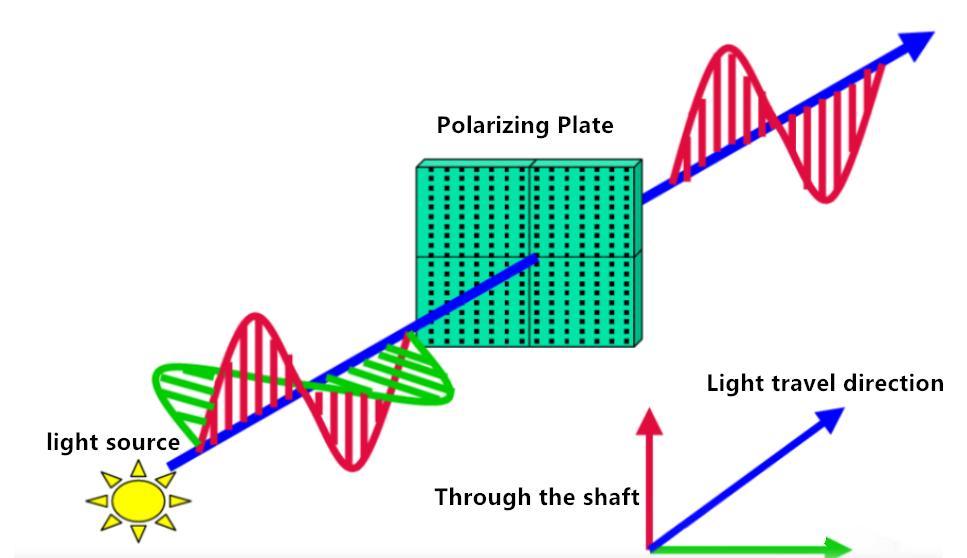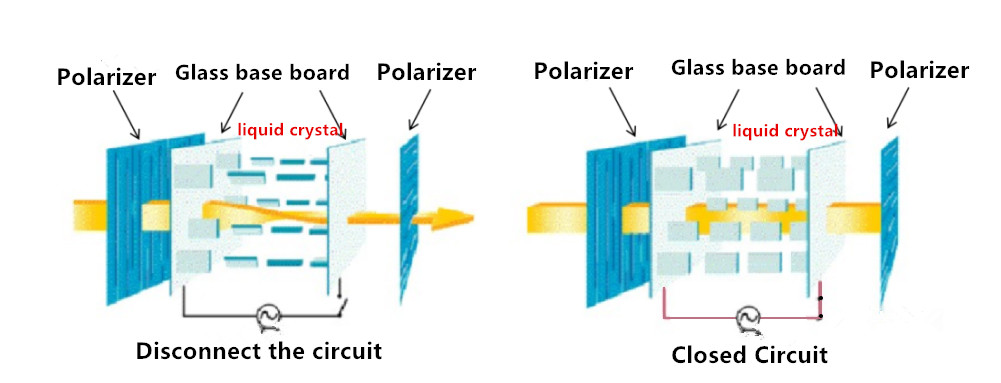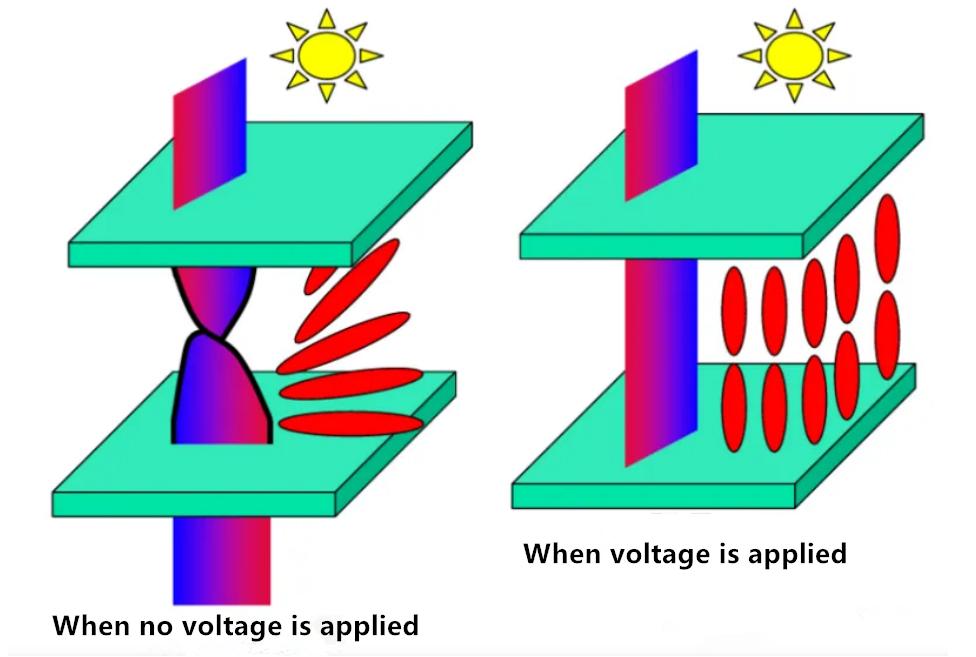LCD (liquid crystal display) is a common flat display technology that uses the optical properties of liquid crystal molecules to display images and text. It is widely used in electronic devices and digital display systems. Its working principle is based on the operation and control of liquid crystal molecules. By controlling the rotation of liquid crystal molecules to adjust the transmittance of light, an image is formed. The display principle of LCD Monitors can be roughly divided into the following steps:
1. Polarization of light (polarizer) Polarizers perpendicular to each other are attached to the outer sides of the two glass substrates of the display screen (mentioned in the previous article), and their polarization directions are perpendicular to each other. When no current passes, the light between the polarizers will be blocked by the first polarizer, so there is no display on the screen. When the current passes, when the light passes through the perpendicular polarizers, the required light source pattern will be transmitted under the action of liquid crystal distortion.

2. Liquid crystal is arranged and distributed under the action of voltage
When an electric field is applied to the liquid crystal molecules, they rotate the direction of polarized light. When light passes through the first polarizer, if the arrangement direction of the liquid crystal molecules is consistent with the polarization direction, then the light will be able to pass through the second polarizer and be displayed on the screen.


3. Image display
By controlling the conversion of electrical signals and the direction and strength of the electric field, the arrangement and twisting angle of the liquid crystal molecules can be controlled accordingly, thereby achieving pixel-level image control. Then, by adjusting and controlling the loading of different electric fields at different pixel coordinates, the degree of rotation of the liquid crystal molecules will also vary, thus presenting light and dark images and text. In general, LCD display screens mainly involve light polarization, the arrangement and distribution of liquid crystal molecules under the action of the electric field, and the control of the electric field. Through a series of auxiliary components, a stable pattern is finally constructed.